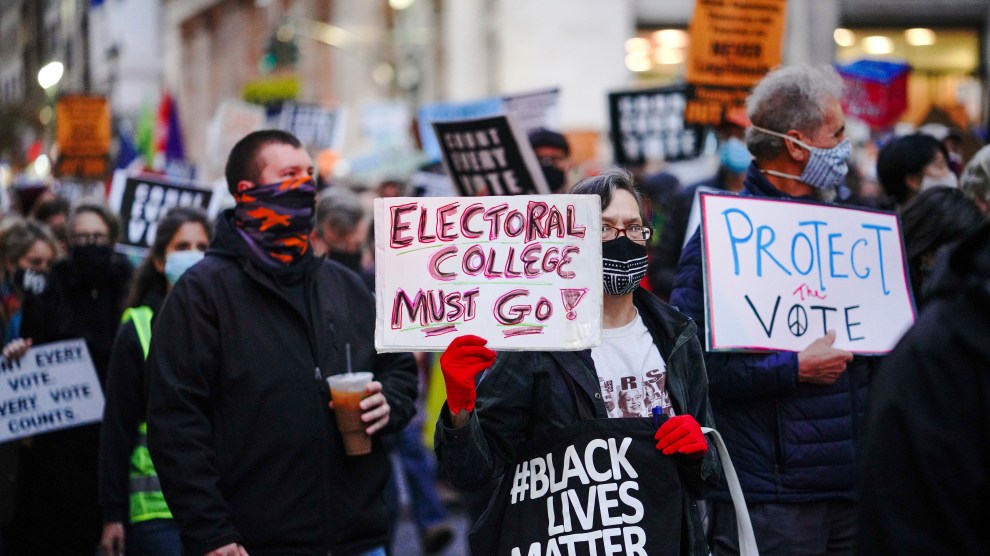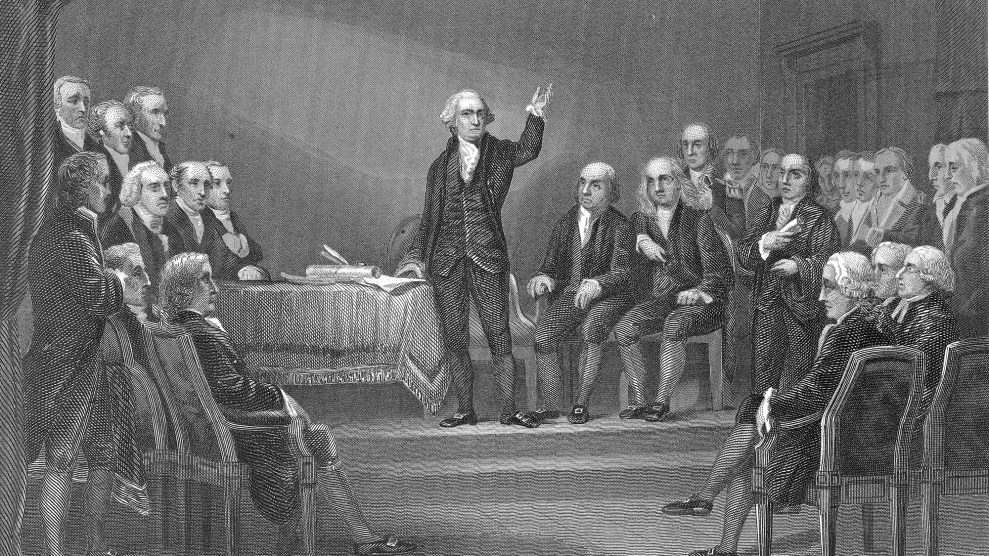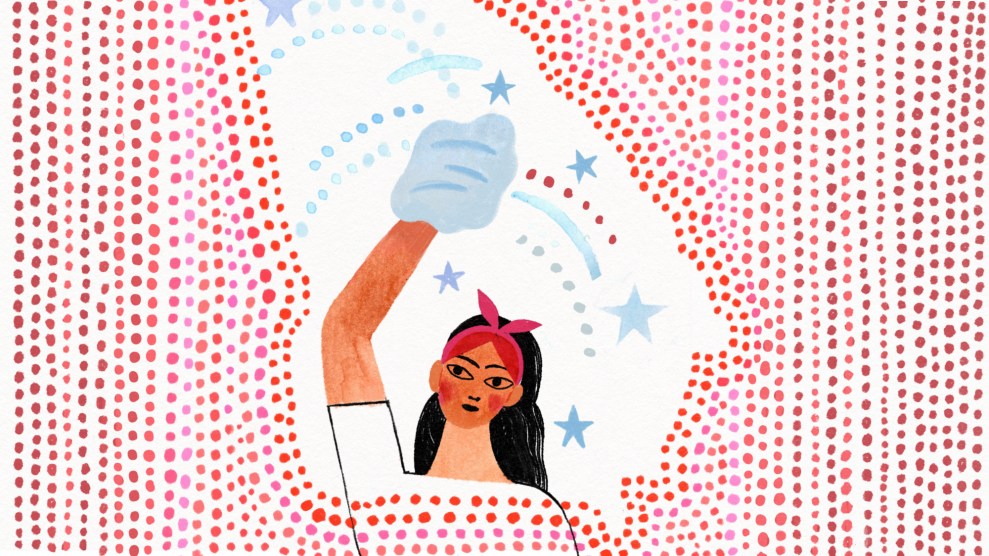
John Nacion/NurPhoto/AP
As battleground states race to tally the final votes and determine which candidate will win the Electoral College, one thing is almost certain: Former Vice President Joe Biden will win the popular vote, which he currently leads by 3,886,875 votes.
As you surely know by now, the United States does not determine its president through a direct popular vote, but through an electoral system that weighs votes differently depending on which state they come from. And since the candidate with the most votes in a state wins all of that state’s electors (in most cases), there’s no difference between winning 51 percent of a state’s vote and winning 70 percent of the vote. This makes it possible to win the presidency while losing the popular vote.
The Electoral College was a boon to Southern states during slavery, because the three-fifths compromise boosted slaveholding states’ electoral clout even though enslaved people couldn’t vote. Southern states have remained the system’s staunchest defenders; in 1970, southern lawmakers were responsible for upending an effort to abolish the Electoral College.
Wyoming is 92% white.
California is 37% white.
A Wyoming voter has nearly 4x more influence than a California voter.
The Electoral College is racist. It must be abolished.
— Robert Reich (@RBReich) November 3, 2020
Cries for abolishing the Electoral College have grown stronger following the recent elections of two presidents who lost the popular vote: In 2000, Al Gore won the popular vote by a margin of 543,895, and in 2016, Hillary Clinton won it by a stunning 2,868,686 votes. Sixteen states—most recently, Colorado—and the District of Columbia have already joined the National Interstate Popular Vote Compact, which is intended to essentially nullify the Electoral College if more states eventually sign on. Still, it remains unclear how exactly the compact would go into effect without congressional approval.
Any effort to undo the Electoral College would have to overcome fierce opposition from Republicans, who are well aware of how much it has helped them in recent decades. Of course, people’s views on this matter have been known to change over time:
The electoral college is a disaster for a democracy.
— Donald J. Trump (@realDonaldTrump) November 7, 2012

















